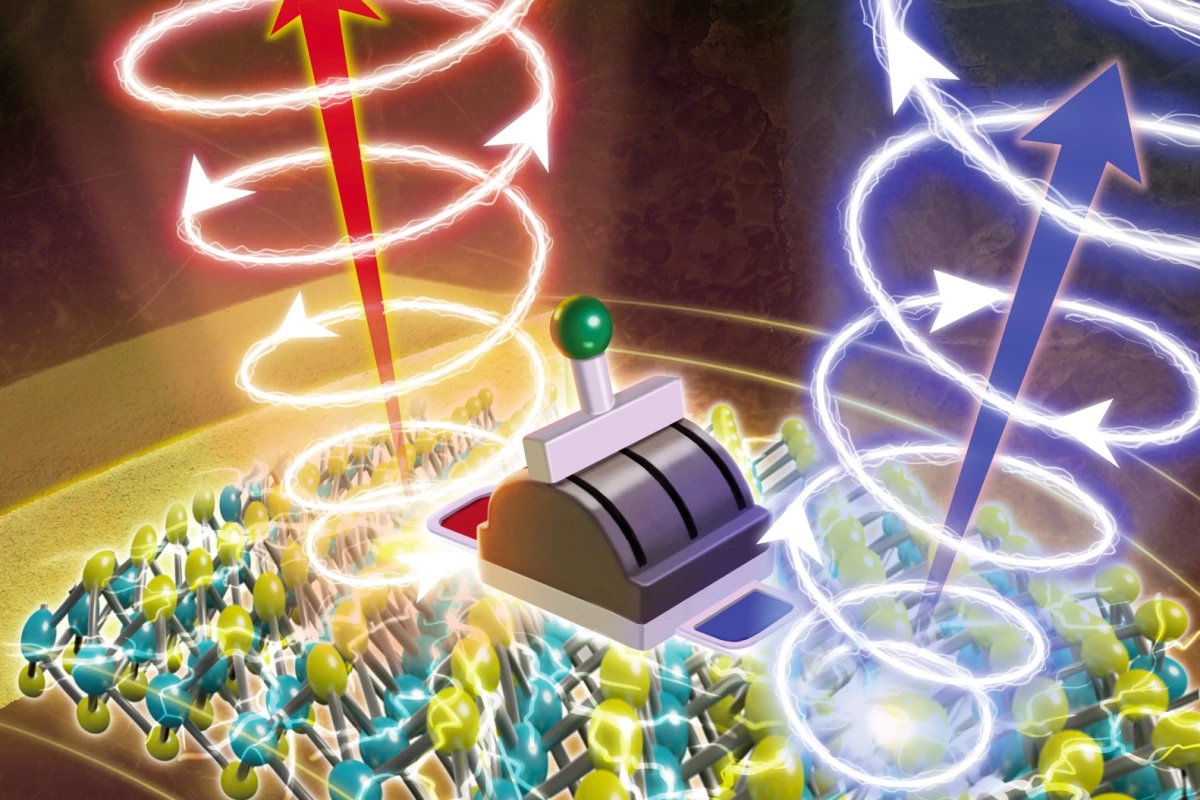Quantum computers have the potential to drastically outperform traditional computers, but for now they’re mostly limited to labs and big experimental setups. Japanese researchers have now made a step towards more accessible quantum computing devices, finding a way to “twist” light at room temperature.
Some types of quantum computers use photons as their data-carrying particles. To encode information into these photons, electrons in a device are manipulated into a certain state that represents either a zero or one. When these electrons then interact with certain light-emitting materials, they pass this information onto photons, which can store and transmit it.
One emerging method of encoding data in quantum computers is through what’s known as valley-polarized light. Essentially, electrons can exist in several different energy bands, with “valleys” between them where their energy is low. When electrons in these valleys produce light in a device, they create a circular pattern of polarized light that can twist either left or right (a property known as chirality), which has strong potential for quantum information storage and transmission.
The problem is, this kind of twisting, chiral, valley-polarized light can usually only be generated using strong magnets and temperatures approaching absolute zero, so it remains in the realm of big lab setups. But in the new study, researchers from Nagoya University found a way to produce this light at room temperature, without magnets.
In early experiments, the team created a semiconductor device to produce the light at temperatures down to -193 °C (-315 °F). They observed that chiral light was produced at warmer temperatures in some sections of the device – but only where the substrate had been strained during synthesis. Where the substrate had undergone no strain, chiral light wouldn’t be produced until the temperature dropped drastically.
To test the hypothesis that strain played a part, the team then created a new device, made of tungsten disulfide on a plastic substrate. They bent the device to apply strain to the material, and found that it produced an electric current in the same direction as the strain. That in turn generated valley-polarized light, at room temperature. To switch the light to move in the opposite direction, an electric field can be applied.
"Our use of strained monolayer semiconductors is the first demonstration of a light-emitting device that can electrically generate and switch right- and left-handed circularly polarized light at room temperature," says Taishi Takenobu, co-lead author of the study.
The team says that this breakthrough could lead to more powerful consumer-level quantum computing devices. Future work will focus on optimizing the system to move towards that possibility.
The research was published in the journal Advanced Materials.
Source: Nagoya University




